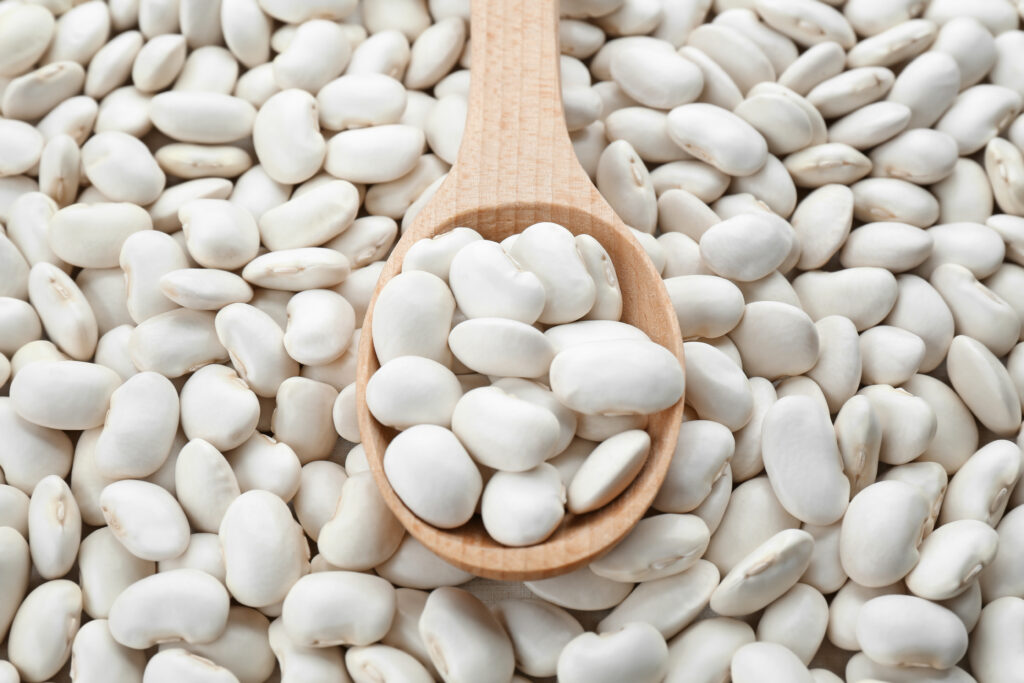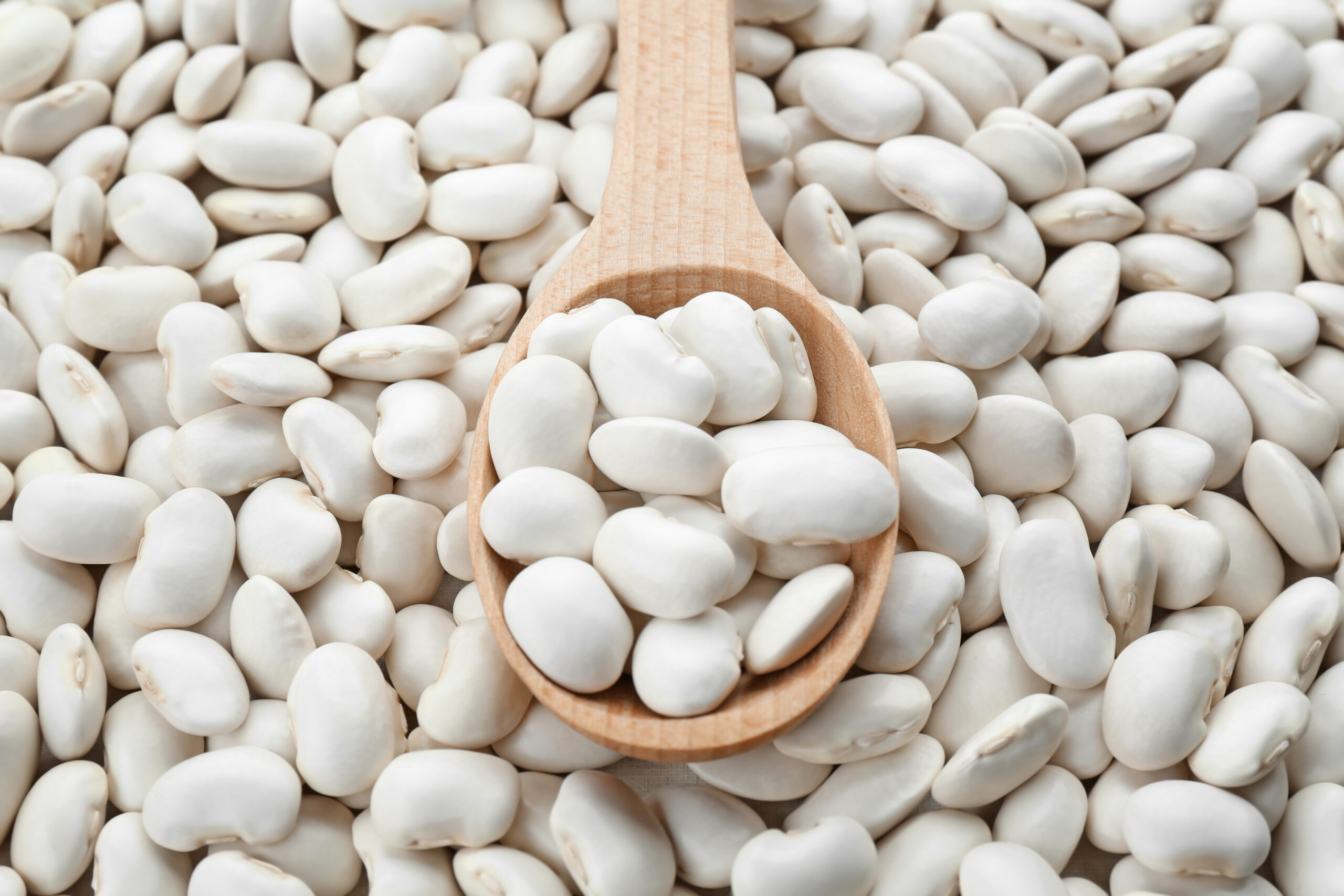Some of the links on this page are affiliate links, which means that Buzzy Kitchen earns commission from purchases made – at absolutely no extra cost to you. Thank you so much for supporting Buzzy Kitchen!
People commonly use butter beans and lima beans interchangeably (myself included), but are they/we right to do so? Are butter beans and lima beans the same thing? Can they be used in the same recipes? What happens if you use one instead of the other?
Why don’t we take a closer look and find out?
Are Butter Beans and Lima Beans the Same Thing?
Yes, butter beans and lima beans are – technically – the same.
However, they are two different types or varieties of beans within the same species – Phaseolus lunatus.
Lima bean is the ‘official’ name, but as well as butter bean, the bean species is known by a host of others. In India, for example, you’ll find these beans in curries and similar dishes, but they are known as double beans.
Other names for lima or butter beans are:
- Wax beans
- Madagascar beans
- Sieva beans
- Double beans
- Chad beans
Are Lima Beans and Sieva Beans the Same Thing?
Yes, lima beans and sieva beans are the same thing, technically.
Lima beans are large-seeded Phaseolus lunatus legumes. Sieva beans, on the other hand, are small-seeded legumes. They are known by different things in different parts of the world too, as if the lima world wasn’t already complicated enough.
In the USA, South and North Carolina specifically, large-seeded lima beans are known as butter beans.
Butter bean is also the name for small-seeded Sieva beans in other states, though. As well as butter bean, the US also uses the terms ‘Henderson’ and ‘Dixie’ in terms of type. (I know; super complicated, right?)
Butter Beans vs Lima Beans: UK Shopping
If you search the Tesco website for “lima beans”, nothing comes up in the search results. Type in “butter beans”, however, and you get a can of – as you might have guessed – butter beans.
The same applies to lima beans in Asda. If you bring up the Asda website and search for “lima beans”, there are no results. Search for “butter beans” and there are two brands of canned butter beans in water – Asda and Napolina.
Head on over to the Amazon website and type in “lima beans” and you’ll find a list of results that features products with both names – lima beans and butter beans.
In the UK, lima beans, Sieva beans, and butter beans are usually all referred to as just butter beans.
So, Butter Beans and Lima Beans: Are They the Same?
Yes, butter beans and lima beans are the same species of bean/legume.
They are different varieties of bean/legume if you want to get into the technicalities. Because of that, the two beans look a little different, have slightly different textures, and are used in slightly different dishes.

Butter beans (also known as Sieva beans) have a texture that is described as creamy and butter-like. (Hence the name!) They’re also off-white or pale yellow in colour.
Butter beans (the small-seeded variety) are also smaller than their large-seeded counterparts.
Lima beans (the large-seeded variety) have a texture that is drier and rougher. They’re also a little smaller, and rather than being creamy-coloured, they’re pale-to-mid green.
Butter beans are usually used in dishes such as salads, stews and casseroles, and creamy soups. The same applies to lima beans, but they are less frequently added to salads and used more often in high-starch dishes. They’re also used more in non-creamy soups.
Some people do enjoy lima beans added to a salad as a healthier alternative to croutons. They have slightly more crunch than butter beans.
You might also like these:
- Are Sea Salt and Rock Salt the Same?
- Red Apples vs Green Apples: What’s the Difference?
- What’s the Difference Between Feta and Halloumi Cheese?
